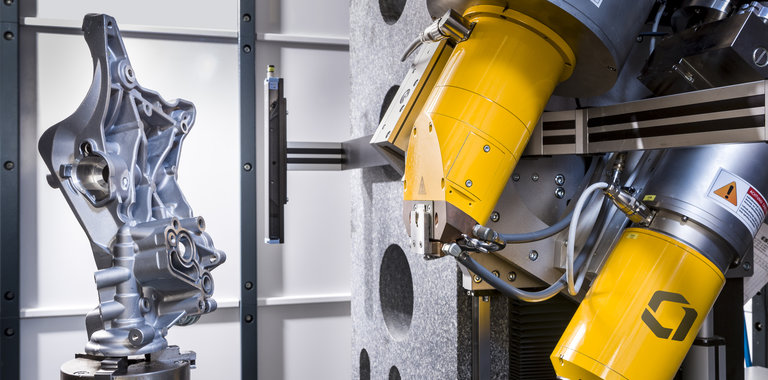
Safeguarding Against Radiation Exposure
In this article:
- Radiation Protection Follows the ALARA Principle: The ALARA (As Low As Reasonably Achievable) principle guides all radiation safety practices, aiming to minimize exposure by balancing risk, practicality, and cost.
- Time, Distance, and Shielding Are Core Safety Strategies: Minimizing time spent near radiation sources, maximizing distance, and using shielding materials like lead or concrete are the three fundamental ways to reduce exposure.
- No Safe Threshold—All Exposure Carries Risk: According to ICRP guidelines, even low levels of ionizing radiation can be harmful, reinforcing the need for strict protective measures and continuous monitoring.
- Shielding Materials Are Chosen Based on Radiation Type: High-density materials such as lead are used to absorb gamma rays, while barriers and collimators help direct and contain radiation in industrial and medical settings.
- Regulatory Compliance Ensures Worker and Public Safety: National and international standards mandate protective protocols, including dose monitoring, area demarcation, and equipment safety interlocks to prevent accidental exposure.
The International Commission on Radiation Protection (ICRP), a division of the International Atomic Energy Agency (IAEA), is engaged in providing rules and regulations for the protection against radiation, as the name suggests. The ICRP has established the values for radiological and non-radiological workers, as indicated in the next section.
Practically all countries have brought their national legislation (laws) on ionising radiation in line with the ICRP codes. The conditions for registration, transport, storage, protection and the expertise of preparation and use of radiation sources have been laid down in regulations. The purpose of practical protection against radiation is to prevent any individual receiving a harmful dose.
As there is considered to be no totally safe lower limit below which no damage would be sustained, the “ALARA” concept is being promoted. ALARA (short for As Low As Reasonably Achievable), aims to achieve the lowest possible radiation dose whereby economic and social factors are considered.
The protection from unwanted external irradiation is based on three principles:
- Speed: by working fast, the exposure duration is reduced.
- Distance: the greater the distance, the lower the rate of exposure (remember the inverse square law).
- Shielding and collimating: materials with high radiation absorbing properties, such as lead, reduce the exposure rate to a level that can be calculated in advance.
A later section shows the half-value thickness of lead for various gamma sources.
